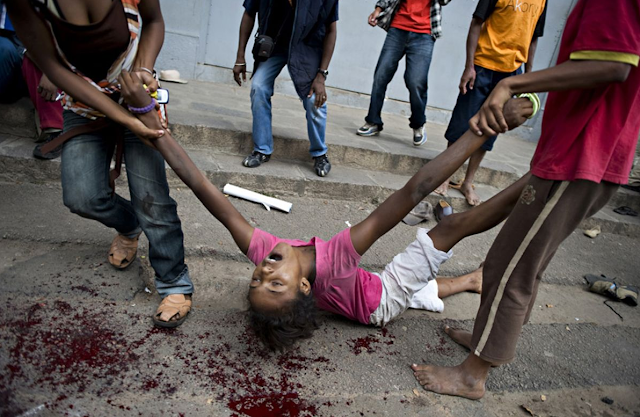Roxanne Pickering, a mother of four, lives with her husband and six year-old daughter in a small Brooklyn apartment. Crippled in a motorcycle accident 13 years earlier, Pickering found new reason to live with the birth of her youngest child. She is a doting and vigilant mother.
Betty Lester is a 40-year resident of the neighborhood, living in the nearby Gowanus apartment blocks. She is a neighborhood activist and, for years, has tried to bring attention to the Gowanus Canal, for which the neighborhood is named. The Gowanus Canal is bounded by several communities including Park Slope, Cobble Hill, Carroll Gardens and Red Hook. The canal empties into New York Harbor. Completed in 1869, the Gowanus Canal was once a major transportation route for the then separate cities of Brooklyn and New York City. Manufactured gas plants, mills, tanneries, and chemical plants are among the many facilities that operated along the canal.
As a result of years of discharges, storm water runoff, sewer outflows and industrial pollutants, the Gowanus Canal has become one of the nation's most extensively contaminated water bodies. Contaminants include PCBs, coal tar wastes, heavy metals and volatile organics. The contamination poses a threat to the nearby residents who use the canal for fishing and recreation.



















